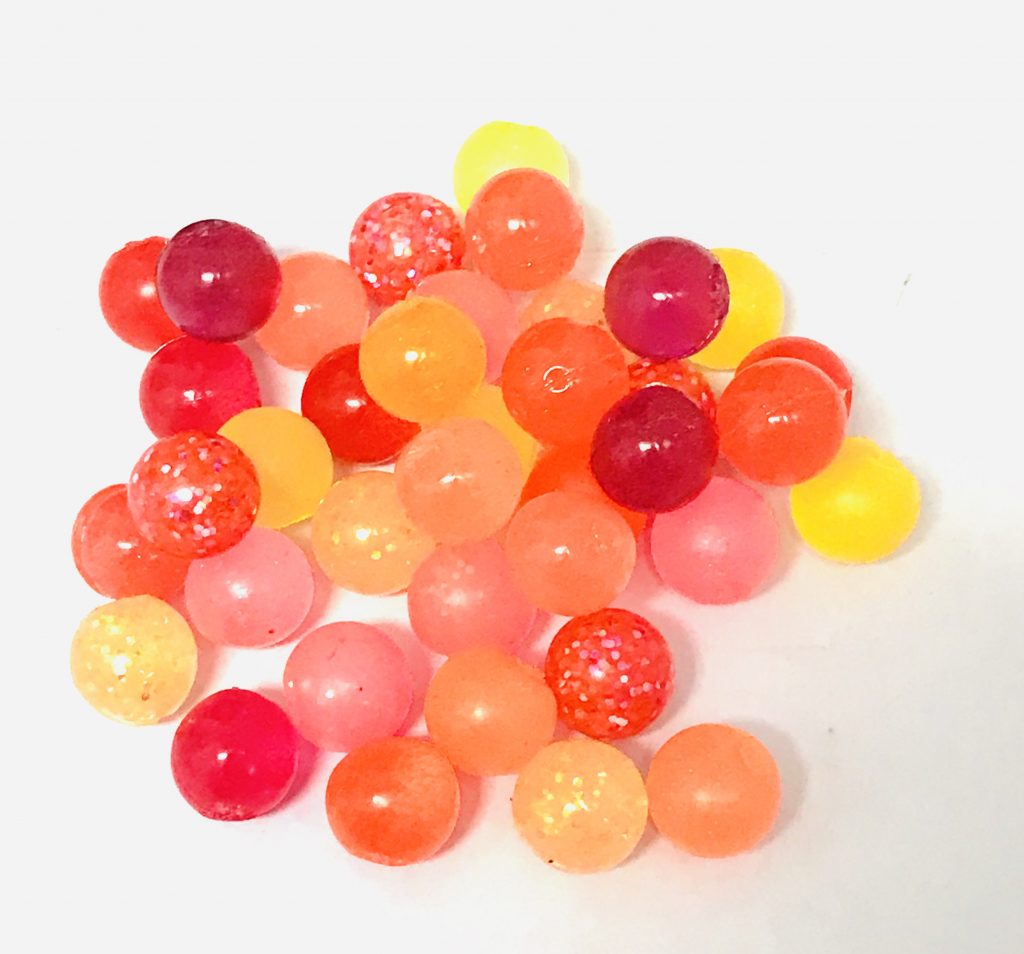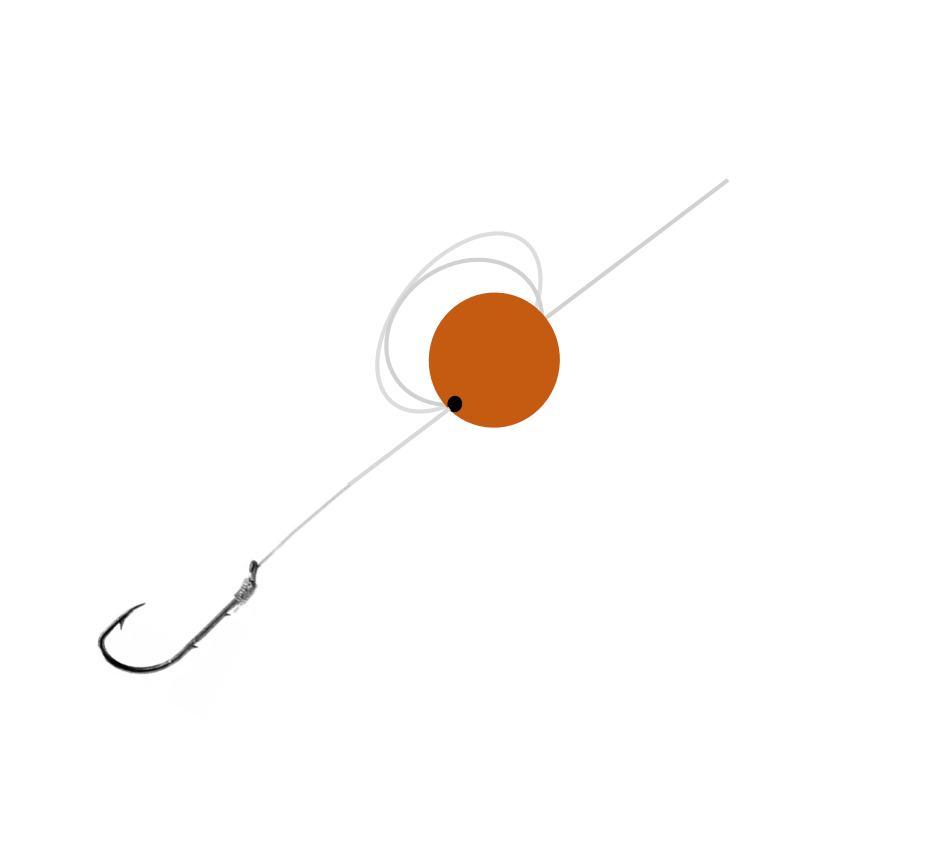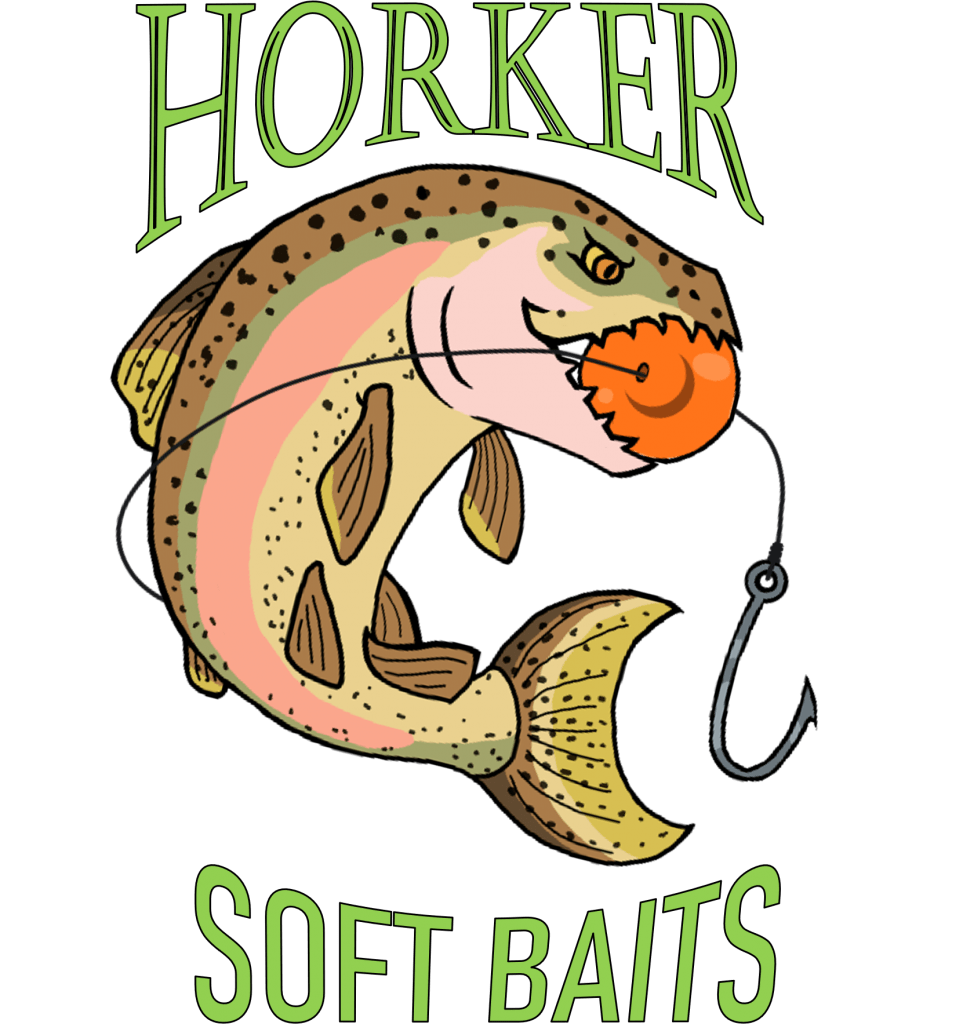Fishing with soft beads has become one of the most effective and versatile methods for targeting salmon, trout, and steelhead in various rivers and streams. Known for their realistic presentation and ability to mimic the natural food sources of these species, soft beads can be a game-changer for anglers. Whether you’re an experienced angler or a beginner, this comprehensive guide will teach you how to fish soft beads for salmon, trout, and steelhead.
What Are Soft Beads?
Soft beads are a type of fishing lure designed to mimic the appearance and movement of fish eggs, a favorite food of many freshwater species, including salmon, trout, and steelhead. Made from soft, durable plastic, these beads come in various sizes and colors, allowing anglers to adjust based on the type of fish they are targeting and the conditions of the water they are fishing in.

Soft beads are commonly used in combination with a hook, bead peg, or drift rig, making them an ideal tool for fishing in both moving and still water. Their realistic presentation is particularly effective for enticing fish during their spawning season when they are more likely to be looking for eggs in the water.
Why Fish with Soft Beads?
Fishing with soft beads offers several advantages, making it a popular choice among anglers:
1. Realistic Presentation: Soft beads mimic the look of eggs, which are a primary food source for many species, especially salmon and trout. Their lifelike movement in the water creates an irresistible target for fish.
2. Versatility: Soft beads can be used in a wide range of fishing conditions, from fast-moving rivers to still waters. They are highly effective in both freshwater and saltwater, making them suitable for a variety of fishing environments.
3. Durability: Unlike natural bait such as roe, soft beads can withstand multiple bites without disintegrating. This means they can be used for longer periods, allowing anglers to cover more water with fewer bait changes.
4. Less Messy: Soft beads are far cleaner than natural baits like roe, which can be messy and require frequent replacement. Soft beads don’t require refrigeration, and their compact size makes them easy to transport and store.
5. Effective for Multiple Species: Salmon, steelhead, and trout all readily feed on fish eggs. This makes soft beads an ideal bait for targeting a variety of species, ensuring that anglers have a successful outing, no matter the catch.

Choosing the Right Soft Bead
To maximize your chances of success when fishing with soft beads, it’s essential to choose the right bead for the species you’re targeting and the conditions of your fishing spot. Here’s a breakdown of key factors to consider when selecting soft beads:
1. Size
The size of the bead is one of the most important factors when choosing the right soft bead. Beads typically range in size from 6mm to 16mm. The correct bead size depends on the species of fish you’re targeting:
– King Salmon, Chum: Largest Beads (12mm to 24mm) are great for targeting the big ones. Drifting and bobber dogging being among the most effective methods.
– Coho, Pink, Sockey Salmon: Larger beads (10mm to 16mm) are often most effective for catching adult salmon, especially during the spawning season when they’re feeding on large amounts of eggs.
– Steelhead: Steelhead tend to prefer medium to large beads, typically ranging from (8mm to 12mm.)
– Trout: Smaller beads (6mm to 10mm) are ideal for trout, especially when they’re feeding on smaller eggs.

2. Color
Beads come in a variety of colors, and the right color can make a big difference in your success rate. The most common bead colors for salmon, steelhead, and trout fishing include:
– Red: A popular color that resembles many types of fish eggs and is highly effective in attracting salmon and steelhead.
– Orange: Another great color for both salmon and steelhead, orange beads mimic the appearance of fresh salmon roe.
– Pink: Pink is often used when fishing for steelhead, as it closely resembles the eggs of many smaller fish species.
– Chartreuse and Yellow: These bright colors are effective in murky water, as they are highly visible and can catch the attention of fish even in low-light conditions.
– Natural/Translucent: These colors mimic the appearance of eggs in clear water and are ideal for more cautious fish.
3. Hard vs. Soft Beads
While both soft and hard beads can be effective for catching salmon, trout, and steelhead, soft beads offer a more natural presentation. They have more flexibility in the water, which can create a more lifelike presentation, especially when paired with the right rigging setup. Hard beads, on the other hand, may be more suitable for certain techniques like drift fishing, but soft beads have the edge when it comes to mimicking the subtle movement of real fish eggs.
How to Fish Soft Beads for Salmon, Trout, and Steelhead
Fishing with soft beads is relatively simple once you understand the basic techniques and rigging methods. Here’s a step-by-step guide to help you get started:

1. Setting Up Your Rig
To fish soft beads effectively, you’ll need the right rigging. One of the most popular setups is the “drift rig” or “bobber rig”. Here’s how to set it up:
– Mainline: Start with a strong mainline of about 8 to 12-pound test.
– Bead Peg: Insert a small peg or bead stopper onto your mainline to hold the soft bead in place.
– Soft Bead: Slide your chosen soft bead onto the line. Make sure the bead is positioned a few inches above the hook.
– Hook: Use a small hook, such as a size 8 or 10, to ensure a proper hookup when a fish bites.
– Swivel: Attach a swivel to the end of the mainline to prevent line twist.
– Weight: Add a small weight or split shot just above the hook to help the bead drift naturally with the current.
2. Casting and Drift Fishing
When fishing in rivers or streams, the key to success with soft beads is ensuring that the bead drifts naturally along the bottom of the water where fish are most likely to be feeding. To achieve this:
– Cast upstream and allow the bead to drift downstream with the current.
– Keep your rod tip slightly raised to maintain tension on the line and ensure that the bead stays in the strike zone.
– Pay attention to the movement of your line. When a fish strikes, you’ll feel a tug or see your line move.
3. Using a Bobber for Steelhead and Trout
A bobber rig is a great option for fishing soft beads in still waters or slower-moving rivers. Here’s how to set it up:
– Attach a bobber or float to your line, adjusting the depth so that the bead stays just above the river bottom.
– Place a small weight below the bobber to help the bead drift naturally.
– Cast and allow the bobber to drift with the current.
– When the bobber dips under the water, it’s a sign that a fish has taken the bait. Set the hook by jerking your rod upward.
4. Fishing in Different Water Conditions
Soft beads are effective in both clear and murky water, but adjustments may be needed depending on water clarity:
– Clear Water: In clear water, go with more natural colors like pink, peach, or clear beads. Use smaller beads (6mm to 8mm) and focus on subtle movements.
– Murky Water: In murkier conditions, choose brighter colors like chartreuse or bright red. Use slightly larger beads (10mm to 12mm) to increase visibility.
5. Timing and Technique
Timing is essential when fishing for salmon, steelhead, or trout. Typically, these fish feed actively during their spawning season, and soft beads are most effective when they’re in the egg-eating phase.
– Steelhead: The best time to fish for steelhead is during their annual run in the winter or early spring. Steelhead often respond well to soft beads in the colder months.
– Salmon: Salmon are often most active during the fall, when they are preparing to spawn. Soft beads can be highly effective when fishing for salmon during this time.
– Trout: Trout can be targeted year-round with soft beads, but the best success is often seen in early spring or late fall, when trout are actively feeding.
Tips for Success
– Experiment with Depth: Fish can be found at various depths depending on water temperature, clarity, and current strength. Experiment with different depths to see where fish are feeding.
– Change Colors Often: If one color isn’t working, don’t hesitate to switch it up. Fish can be picky about color, and matching the eggs they’re feeding on is crucial.
– Keep Your Beads Fresh: Over time, soft beads can lose their effectiveness. Replace them if they become damaged or if you’re not getting bites.
In Conclusion
Fishing with soft beads is a highly effective and enjoyable way to catch salmon, trout, and steelhead. With the right setup, technique, and patience, you can increase your chances of landing a great catch in a variety of water conditions. Whether you’re drift fishing in a fast-moving river or fishing with a bobber in a still lake, soft beads offer versatility and a natural presentation that fish find hard to resist. Try our Monster Chomp soft beads today and see for yourself how effective they can be.

